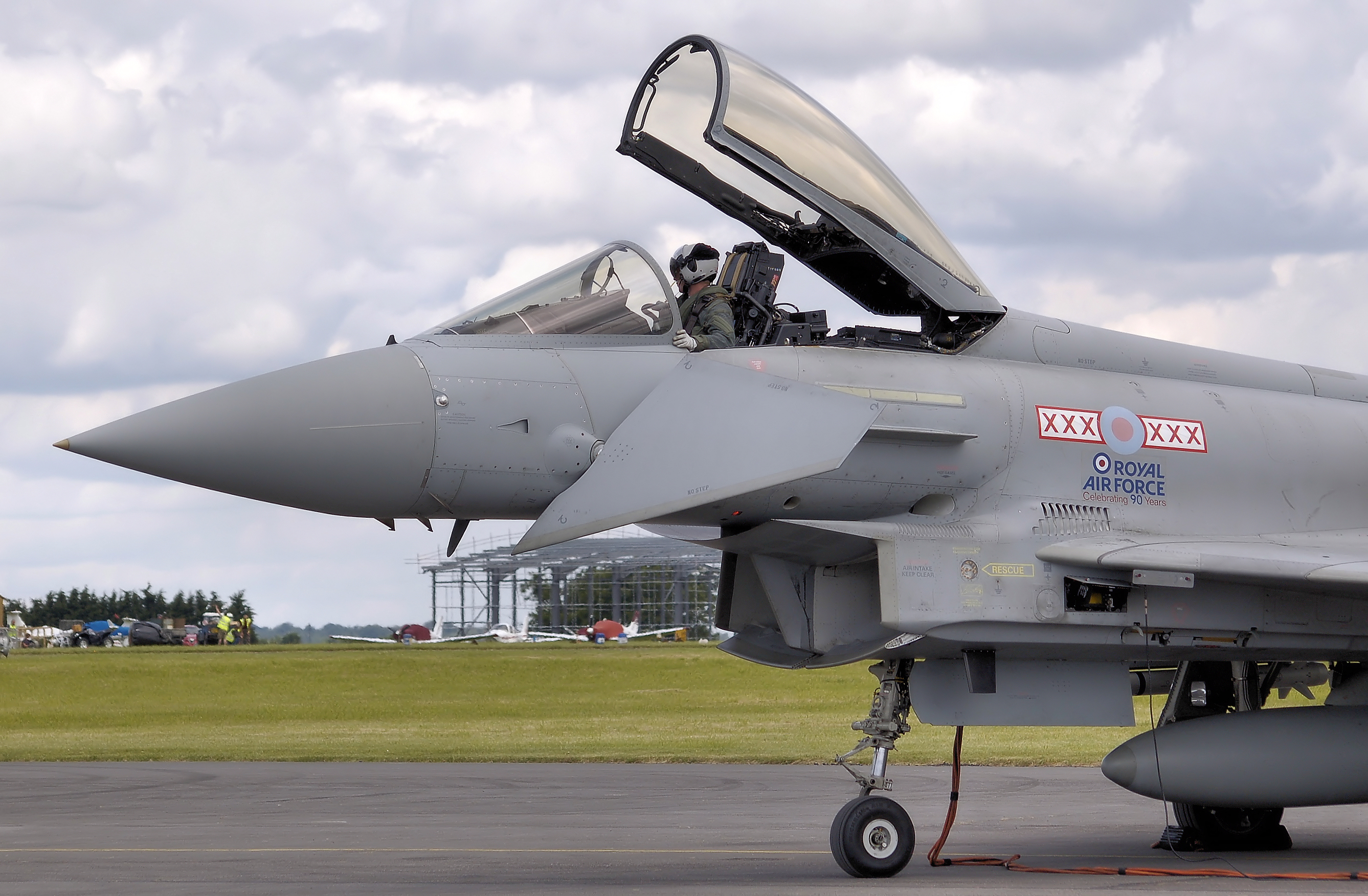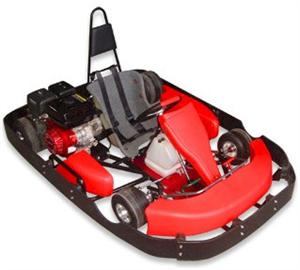I think we will definately not see a return of the driver position shown in the Renault photo above, as allmost any race series demands the driver feet´s behind the front axle line now - and for very good reasons.
Nevertheless we could see a car, looking similar, just having the driver sit further back.
We will need to see, what the new bodywork/chassis regulations say about the length of the sidepods and the clearance behind the front wheels.
As more forward the sidepods can start, as higher the tunnels will be at the end of them (if there are no additional rules, limiting the exit height of the tunnels etc.)
Making for a larger area under the car and ergo more downforce.
If the tunnels can extend high enough (approaching deck height at the end of the sidepod), we may don´t see the coke bottle shape of the current cars.
In this case a more sportscar like look or the look of the first generation GE F1 cars is likely.
But I would not expect to see the straight square sidepods shown on the Renault, most likely, we will still see undercuts to reduce frontal area.
For now, I would expect that the cars will look closer to an Champcar/GP2 or Formula Atlantic with still some coke bottle shape remaining.
But I could be wrong.
I can see that there is perhaps a trend to extent the sidepods futher forward to make room for the KERS equipment around the front axle, but we will need to wait and see, how far the FIA/FOTA will go in this direction.
Because an increase in floor area will increase the potential to generate downforce
(F=p*A), if no other measures are taken to limit how much low(er) pressure you can generate under the car.
(such as demanding a raised floor on the sides ala LMP etc. or a steped floor)
While there are benefits to be had from generating the majory of the downforce by the floor, less drag, and possibly less wake and turbulences behind the car, there or also some risks to consider.
Are we maybe going to see more accidents like
this one in the future?
I hope not, but the potential is there, so some thinking needs to be done and countermeasures taken, before we worship the GE god again.
Especially if we allow a large floor area more forward e.g. longer side pods.
(remember the LMP blow overs of recent years)
Another interesting question, taking front wheel KERS into considerations is the future direction of tire sizes/development.
If we look at current trends in LMP racing, I would not be totally surprised if we would see equal (or closer matched) tire sizes in F1.
With the addition of front wheel drive (via KERS) and the possible switch to larger diameter rims in the future, I could see F1 ending up with the same tire front and rear. (with more weight and downforce moving forward)
This would also reduce some costs for the tire supplier, so maybe they are not all that unhappy about it.
Just a thought/speculation, nothing more.













